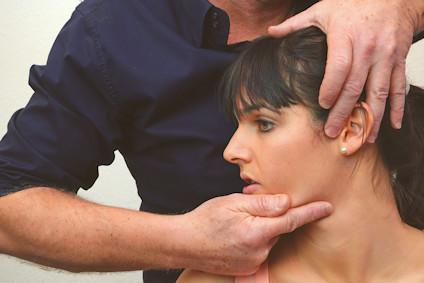Epidemiology
 Temporomandibular dysfunction (TMD) affects not only adults, but it also occurs frequently in children and adolescents. Its prevalence varies greatly in the literature (7–60%), depending on age, population and diagnostic criteria used (Ekberg et al., 2023; Minghelli, 2014).
Temporomandibular dysfunction (TMD) affects not only adults, but it also occurs frequently in children and adolescents. Its prevalence varies greatly in the literature (7–60%), depending on age, population and diagnostic criteria used (Ekberg et al., 2023; Minghelli, 2014).
Girls have a significantly higher risk of TMD, especially from puberty onwards. Common symptoms include pain in the jaw area, joint noises, chewing problems and headaches. Research also shows that psychosocial factors such as stress and parafunctional habits, as well as musculoskeletal factors in the neck and craniofacial region, contribute to the development of symptoms (Minghelli, 2014; Al-Khotani et al., 2016).
Although most complaints are mild, a subgroup of children may experience significant limitations and have an increased risk of chronicity and musculoskeletal pain syndromes in adulthood (Al-Khotani et al., 2016; Mélou et al., 2023). Epidemiological data show that TMD often increases around puberty and affects more than one third of children in some populations (Macrì et al., 2022; Rentsch et al., 2023).
The American Academy of Pediatric Dentistry (2023) reports that prevalence of pain-related TMD range between 7% and 30% in adolescents based on DC/TMD. An early recognition and a multidisciplinary approach are therefore essential to improve quality of life and prevent long-term complaints, in which the CRAFTA® therapist may also participate.
Clinical examination
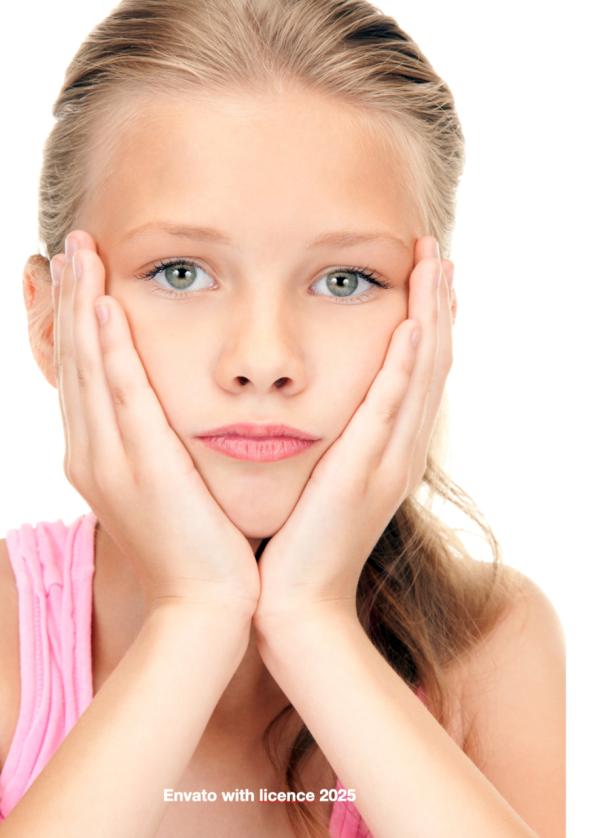 Within CRAFTA®, we apply a systematic and objective approach to the clinical examination of children and adolescents with temporomandibular disorders (TMD). The assessment begins with:
Within CRAFTA®, we apply a systematic and objective approach to the clinical examination of children and adolescents with temporomandibular disorders (TMD). The assessment begins with:
- A thorough examination of the face, including the position and size of the mandible and the maxillofacial area, which helps to identify any asymmetries or growth abnormalities;
- Clinical assessment of temporomandibular joint (TMJ) function, including physiological jaw movements (both active and passive - especially mouth opening and closing), followed by accessory jaw movements, observation of joint sounds and blockages, with attention to age-related cut-off values (Rongo et al., 2021, von Piekartz 2007,2015, American Academy of Pediatric Dentistry [AAPD], 2024);
- Palpation of the masticatory muscles such as the masseter, the temporalis and the lateral pterygoid muscle by assessing accessory and physiological movements of the TMJ and trigger points, together with secondary muscles such as the sternocleidomastoid, trapezius, and deep cervical muscles, performed according to standardized protocols.
The objective is to detect temporomandibular dysfunction (TMD) related to arthrogenic, myogenic, or neurogenic signs, expressed within specific clinical patterns and to relate these findings to the individual symptom presentation of the child.
In addition to the TMJ region, systematic assessment also includes:
- the craniocervical region, focusing on dysregulation of the arthrokinematic and pain provocation from C0–C2/3;
- the craniofacial region, which involves identifying asymmetry and dysfunction of the maxillofacial structures using passive techniques, evaluating three parameters: subjective response, resistance and rebound (see CRAFTA® statement on craniofacial manual therapy);
- craniofacial organ function, assessing possible dysfunctions of hearing, vision, mouth and diaphragmatic breathing and tongue position, all functionally related to optimal TMJ function;
- cranioneural aspects: evidence suggests that the growth of the cranium and neural structures is not always synchronous and discrepancies between neurocranium and viscerocranium may arise. These may affect tension distribution in meninges and neural tissue, potentially contributing to increased mechanosensitivity (Carlson, D. S., & Buschang, P. H. (2022). The pediatric long-sitting slump test, used to evaluate mechanosensitivity of the neuraxis and surrounding connective tissues is very helpful. A positive test - where flexion of the trunk and cervical spine provokes pain or sensory changes - may indicate increased neural tension contributing to orofacial complaints (White and Pape 1992, von Piekartz et al 2007).
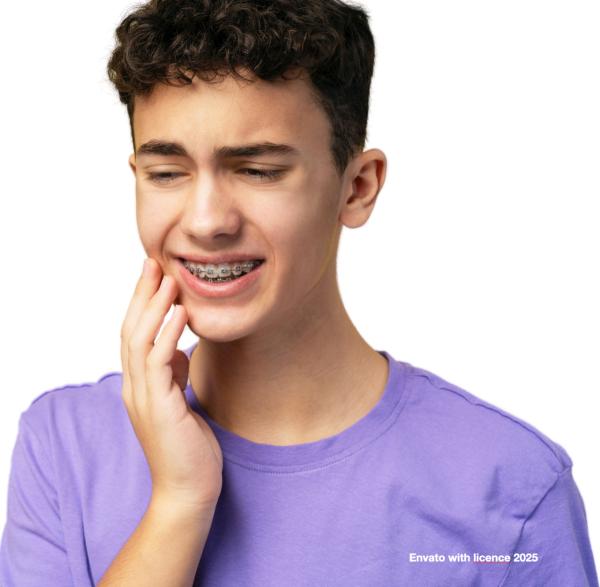 This comprehensive assessment ensures that not only local complaints, but also secondary or associated dysfunctions are identified. The outcome is an integrated model in which clinical expertise, external evidence and child-specific adaptations converge to provide reliable and valid diagnostics (AAPD, 2024; Rongo et al.,2021).
This comprehensive assessment ensures that not only local complaints, but also secondary or associated dysfunctions are identified. The outcome is an integrated model in which clinical expertise, external evidence and child-specific adaptations converge to provide reliable and valid diagnostics (AAPD, 2024; Rongo et al.,2021).
Treatment and management
The treatment and management of children and adolescents with TMD within CRAFTA® is based on an integrated approach to the different regions involved:
Stage1
- primarily the temporomandibular region, but also the craniofacial, cranioneural, and craniocervical regions which may be related with the signs and symptoms of the TMJ. Manual therapy and hands-on techniques are combined with functional exercise therapy targeting tongue function, breathing, swallowing etc. This ensures that not only local symptoms, but also secondary dysfunctions are addressed. Multimodal rehabilitation, combining manual therapy, exercise therapy and self-management strategies has been shown to be effective for pain reduction, improvement of mouth opening and optimization of masticatory function (Garrett et al., 2025).
Stage 2
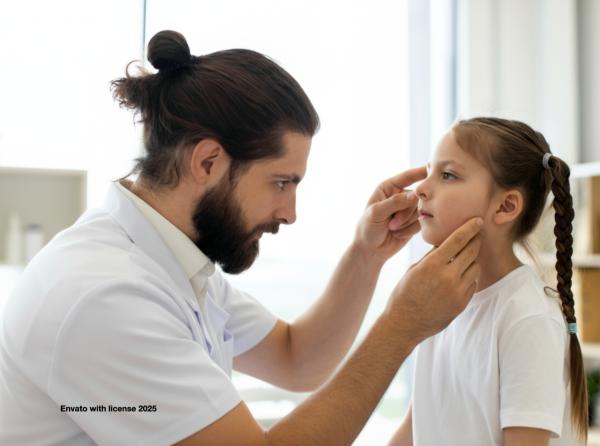
- In addition to the somatic components, the CRAFTA® therapist also addresses psychosocial factors (Iodice et al 2024).
- Pain neuroscience education is individually adapted for the child and his/her parents by explaining the origin of pain, the influence of emotional and cognitive factors and abnormal motor dysfunctions such as parafunctional habits (e.g. bruxism);
- Conditioning techniques, such as the habitual reversal technique, orofacial mental distraction techniques and supportive behavioral changes including daily routines and sleep hygiene, can reduce loading of the temporomandibular joints;
- Incorporation of new developments, such as e-health (specialized apps) and telerehabilitation. These offer additional opportunities for continuous guidance of children and adolescents with TMD, with comparable effectiveness to face-to-face therapy (Garrett et al., 2025). This aligns with the biopsychosocial approach that is increasingly the standard in TMD management, with emphasis on recognizing stress, fear of movement, and lifestyle factors that influence the severity and persistence of symptoms;
- Research shows that multidisciplinary collaboration significantly strengthens treatment outcomes in children with TMD. In addition to neuromusculoskeletal therapy, speech therapists, dentists, oral surgeons, orthodontists and dental hygienists play important roles, for example in oral hygiene and jaw function (Aldayel et al 2023). Self-care and education form a shared foundation, with the CRAFTA® therapist always collaborating with other disciplines to ensure optimal care (Al-Khotani et al., 2016; Ohrbach & Dworkin, 2016);
- Long-term monitoring is essential. Given the growth phases of children, CRAFTA® therapists aim to schedule reassessments over intervals of 3–6 months to adapt interventions such as lifestyle advice and exercises as needed.
Harry von Piekartz, Daniela von Piekartz
References
- Aldayel, A. M., AlGahnem, Z. J., Alrashidi, I. S., Nunu, D. Y., Alzahrani, A. M., Alburaidi, W. S., Alanazi, F., Alamari, A. S., & Alotaibi, R. M. (2023). Orthodontics and temporomandibular disorders: An overview. Cureus, 15(10)
- American Academy of Pediatric Dentistry [AAPD], 2024). https://www.aapd.org
- Al-Khotani, A., Naimi-Akbar, A., Albadawi, E., Ernberg, M., & Christidis, N. (2016). Prevalence of diagnosed temporomandibular disorders among children and adolescents in Saudi Arabia. The Journal of Headache and Pain, 17(1), 41. https://doi.org/10.1186/s10194-016-0642-9
- Carlson, D. S., & Buschang, P. H. (2022). Craniofacial Growth and Development. Orthodontics-E-Book: Orthodontics-E-Book, 2.
- Ekberg, E., Nilsson, I. M., Michelotti, A., Al-Khotani, A., Alstergren, P., Conti, P. C. R., ... & Rongo, R. (2023). Comprehensive and short-form adaptations for adolescents: Comprehensive and short-form adaptations for adolescents. Journal of Oral Rehabilitation, 50(11), 1167-1180.
- Garrett, A., Biasotto‐Gonzalez, D. A., Niszezak, C. M., Tosi, A. G., Santos, G. M., & Sonza, A. (2025). Multimodal Physiotherapeutic Treatment in Adolescents With Temporomandibular Disorders: A Randomised Controlled Trial. Journal of Oral Rehabilitation.
- Macrì, M., Murmura, G., Scarano, A., & Festa, F. (2022). Prevalence of temporomandibular disorders and its association with malocclusion in children: a transversal study. Frontiers in Public Health, 10, 860833.
- Mélou, C., Sixou, J. L., Sinquin, C., & Chauvel-Lebret, D. (2023). Temporomandibular disorders in children and adolescents: A review. Archives de Pédiatrie, 30(5), 335-342.
- Minervini, G., Franco, R., Marrapodi, M. M., Fiorillo, L., Cervino, G., & Cicciù, M. (2023). Prevalence of temporomandibular disorders in children and adolescents evaluated with Diagnostic Criteria for Temporomandibular Disorders: a systematic review with meta‐analysis. Journal of oral rehabilitation, 50(6), 522-530.
- Ohrbach, R., & Dworkin, S. F. (2016). The evolution of TMD diagnosis: past, present, future. Journal of dental research, 95(10), 1093-1101
- Rentsch, M., Ettlin, D., & Kellenberger, C. J. (2023). Prevalence of temporomandibular disorders based on a shortened DC/TMD symptom questionnaire in children and adolescents aged 7–14 years. Journal of Clinical Medicine, 12(12), 4109. https://doi.org/10.3390/jcm12124109
- Iodice, G., Michelotti, A., D’Antò, V., Martina, S., Valletta, R., & Rongo, R. (2024). Prevalence of psychosocial findings and their correlation with TMD symptoms in an adult population sample. Progress in Orthodontics, 25(1), 39.
- Rongo, R., Ekberg, E., Nilsson, I. M., Al‐Khotani, A., Alstergren, P., Conti, P. C. R., ... & Michelotti, A. (2021). Diagnostic criteria for temporomandibular disorders (DC/TMD) for children and adolescents: an international Delphi study—part 1‐development of Axis I. Journal of Oral Rehabilitation, 48(7), 836-845.
- The slump test. The American Journal of Occupational Therapy, 46(3), 271-274.
- von Piekartz, H. J., Schouten, S., & Aufdemkampe, G. (2007). Neurodynamic responses in children with migraine or cervicogenic headache versus a control group. A comparative study. Manual Therapy, 12(2), 153-160.
- Von Piekartz, H. J. (2007). Craniofacial pain: neuromusculoskeletal assessment, treatment and management. Elsevier Health Sciences.
- Von Piekartz, H. J. (2015). Kiefer, Gesichts-und Zervikalregion. In :. Thieme., Stuttgart

Manual Cranial Therapy
Cranial manual therapy means: assessment and treatment of the cranium..
Read more..

Pain Education
“pain neuroscience education (PNE)” or “Explain Pain” is a therapeutic tool...
Read more..
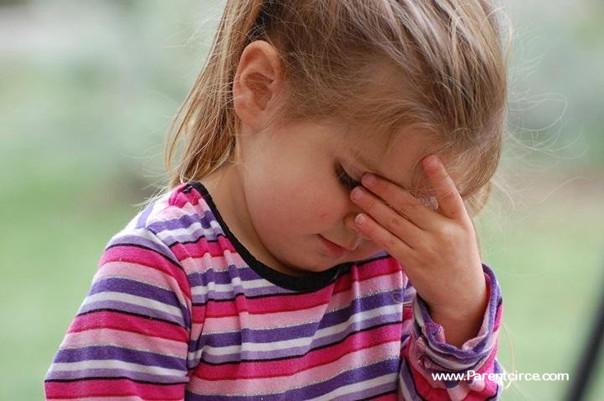
Headache (HA) in children
What can the (specialized) physical therapist mean for this pain suffering group..
Read more..
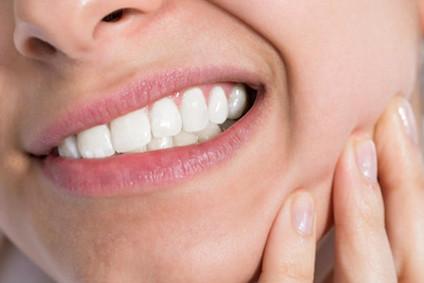
Assessment Bruxism
Assessment and Management of Bruxism by certificated CRAFTA® Physical Therapists
Read more..
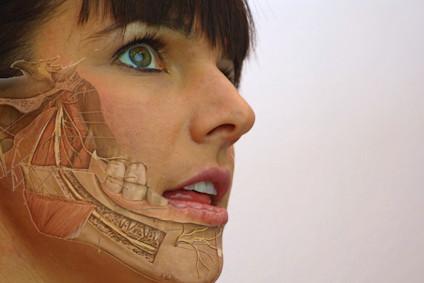
Clinical classification of cranial neuropathies
Assessment and Treatment of cranial neuropathies driven by clinical classification..
Read more..

Functional Dysphonia
Functional Dysphonia (FD) is a condition characterized by voice problems in the absence of a physical laryngeal pathology.
Read more..

Body Image and Distorted Perception
Body Image and Distorted Perception of One's Own Body – What Does This Mean?
Read more..
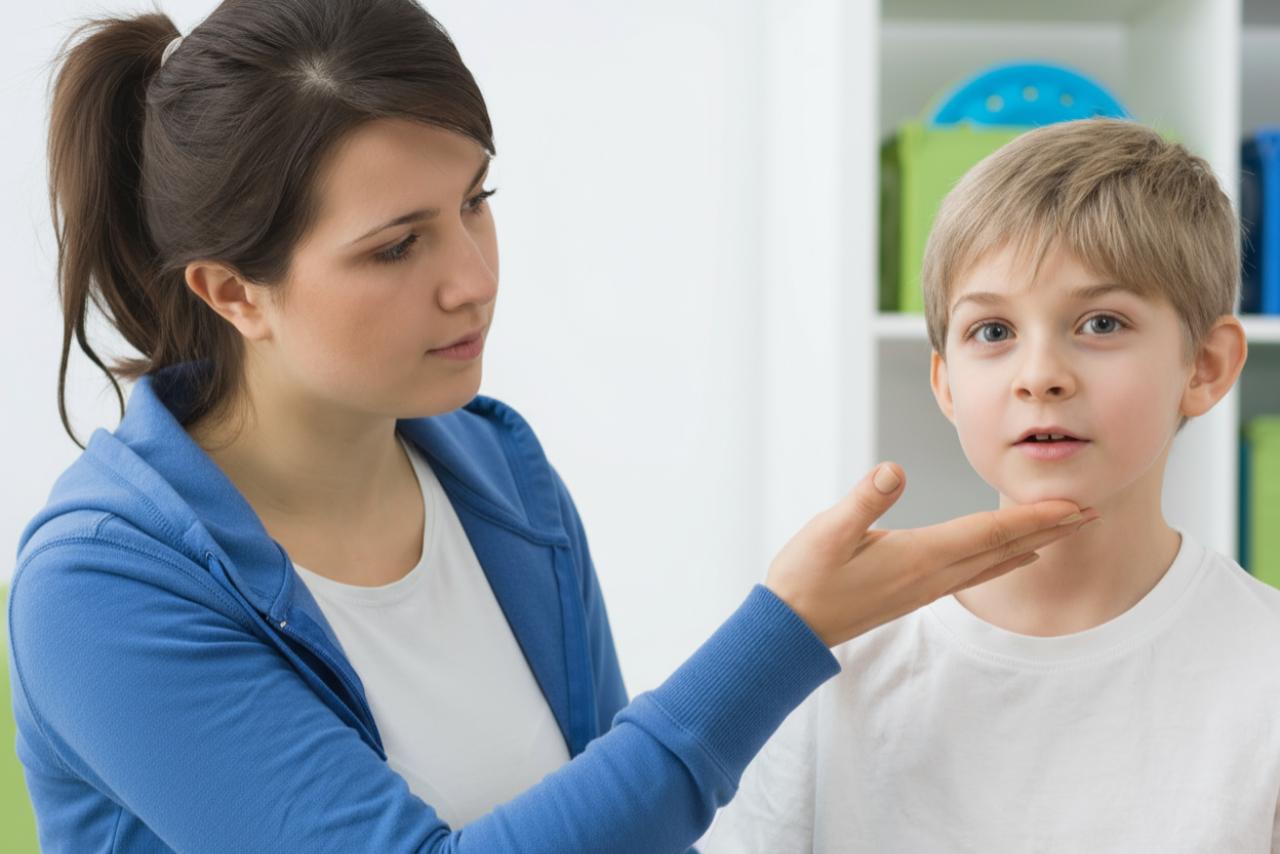
TMD in Children
TMD affects not only adults, but it also occurs frequently in children and adolescents..
Read more..

